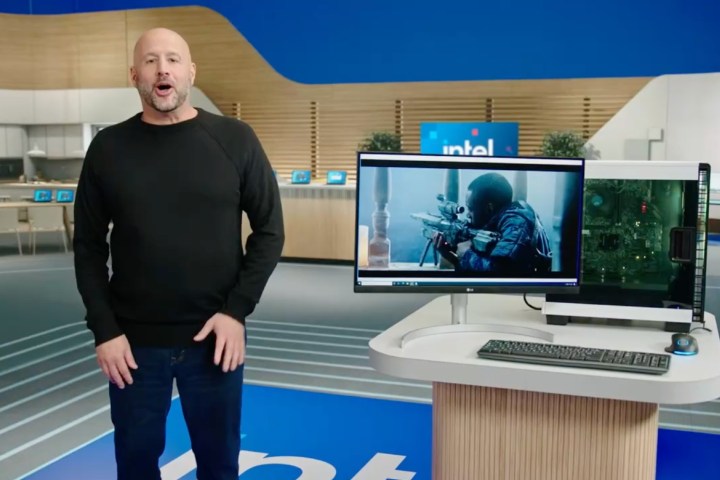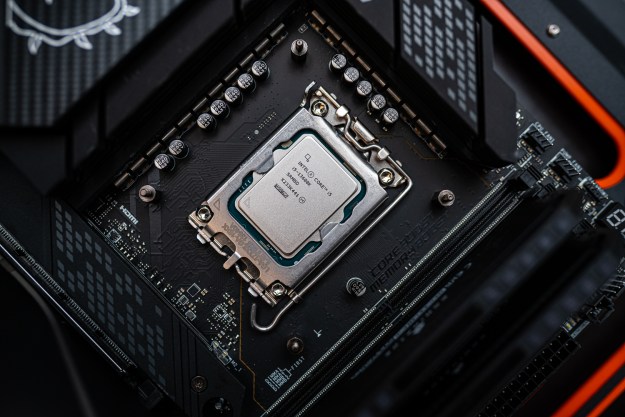
Intel’s 12th Gen Alder Lake-S platform could arrive on your desktop by the holidays. The chipmaker has told its partners that 10nm Alder Lake-S could launch in November, Wccftech reported, noting that the timeline could change. The platform featuring up to 16 cores and 24 threads was previewed earlier this year at the virtual CES conference, and it’s unclear if the global semiconductor shortage will still have an impact on Alder Lake’s expected November launch. Intel previously stated that chip supplies will remain constrained into 2022.
Alder Lake introduces big changes to Intel’s processor architecture design. With Alder Lake, Intel is using a heterogenous core design, mixing big Sunny Cove cores with smaller Gracemont cores. Intel’s change mirrors what Arm has been doing for smartphones and tablets for years, and the move is expected to boost performance while also driving power efficiency by combining high-efficiency cores with high-performance cores.
Previously, a leaked Intel slide revealed that Alder Lake’s architectural change is expected to deliver up to 20% single-thread performance improvement, thanks to the Golden Cove cores and an enhanced 10nm SuperFin design, and up to a 2x multithread performance gain with Gracemont cores.
The platform is aimed at supporting exciting new features, like the new PCIe 5.0 standard, as well as faster DDR5 memory. According to the latest leak, PCIe 5.0 will be supported on all boards, but DDR5 may not be available on all motherboards. If DDR5 isn’t supported by the motherboard you want, Alder Lake will default to DDR4. It’s believed that less expensive boards will support the DDR4 memory standard, while more premium motherboards will roll out with DDR5 support. It’s also unclear at this time if memory makers will have enough DDR5 modules available when Alder Lake launches given the memory shortage at present.
And as we had previously reported, Alder Lake will require a new LGA 1700 socket, so those looking to Alder Lake will need to choose a new board. Wccftech reported that the new socket will require coolers. Though this will be a costly upgrade — you’ll need to buy both the chip and motherboard to update your gaming rig, along with potentially new memory — the good news is that Intel is mulling a new socket strategy.
Like rival AMD, Intel is exploring a more platform-agnostic strategy for its socket design, though this hasn’t been confirmed. This means that future processor generations could utilize the same socket. The change in design philosophy could be more eco-friendly and cost-effective for gamers and creators compelled to upgrade once a new chip generation launches.
On mobile, Alder Lake’s heterogenous mix of cores could help Intel achieve the power efficiency needed on laptops to compete against Apple’s M1 silicon. The high-efficiency cores are expected to deliver a big boost in battery life.
Editors' Recommendations
- It just became the perfect time to buy a last-gen Intel CPU
- Intel may have a monster new CPU coming soon
- Some surprising details on Intel’s upcoming 14th-gen laptops just leaked
- Intel’s Raptor Lake refresh prices have leaked, and hikes are on the way
- Intel Meteor Lake is coming to desktop, but there’s a big catch


